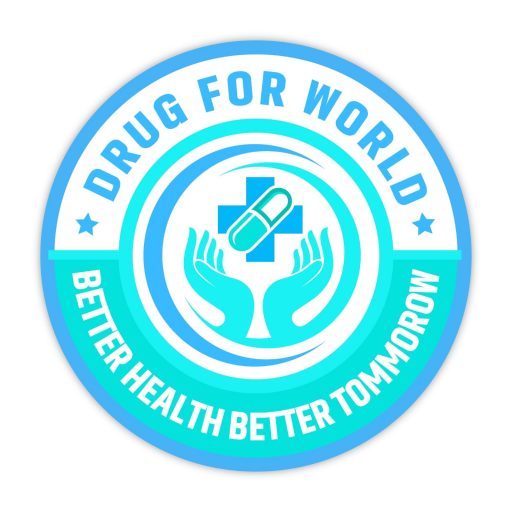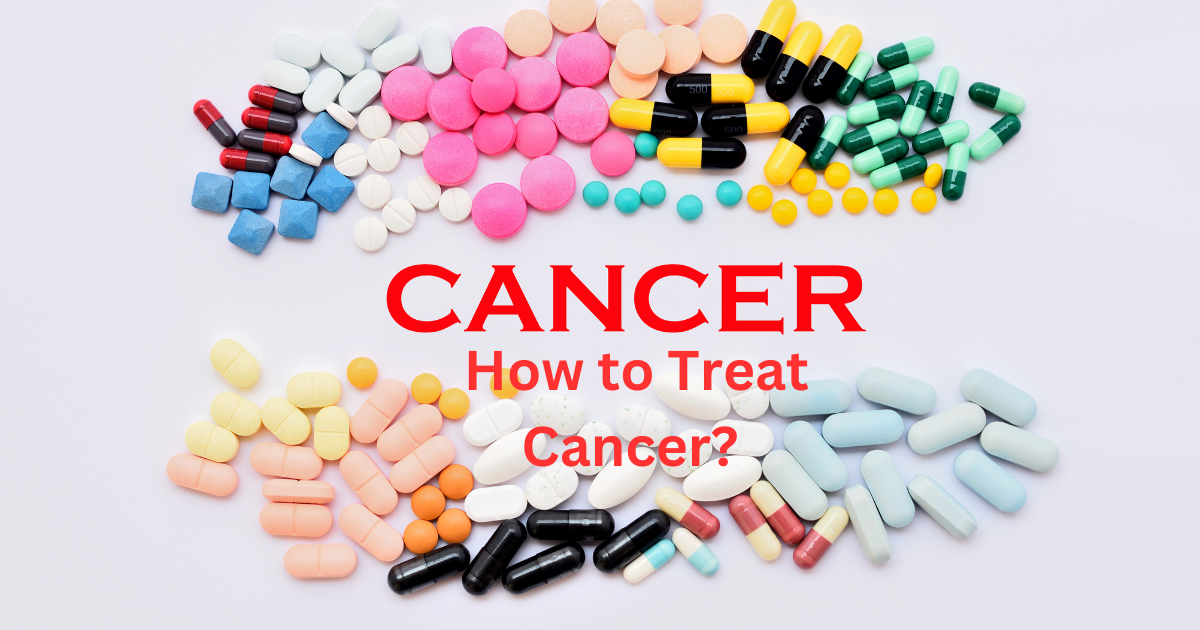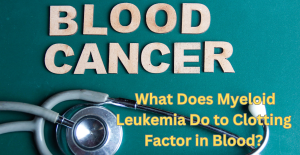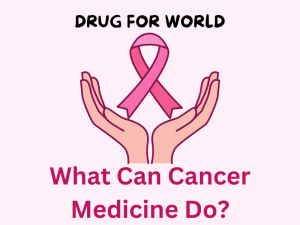Cancer is a complex disease that affects millions of people worldwide, with over 100 different types identified. How to Treat Cancer varies based on several factors, including cancer type, location, stage, and overall patient health. While a cancer diagnosis can be overwhelming, there are numerous effective treatment options, both traditional and advanced, that help manage and often eliminate cancer. This guide will take you through the primary treatments available and provide insight into each method, including commonly asked questions about cancer care.
1. Surgery
What is Surgery for Cancer?
Surgery is often one of the first options considered when treating cancer, especially if the cancer is detected early and localized. The goal of cancer surgery is to physically remove as much of the cancerous tissue as possible.
Types of Cancer Surgery
Cancer surgeries come in a variety of forms, including:
- Curative Surgery: Aims to completely remove cancer from the body.
- Preventive Surgery: Removes tissue that could potentially become cancerous, such as polyps in the colon.
Diagnostic Surgery (Biopsy): Extracts a sample of tissue to determine if it’s cancerous. - Staging Surgery: Determines the cancer’s stage and if it has spread.
- Palliative Surgery: Focuses on relieving pain or symptoms without aiming for a cure.
- Surgery is commonly used to treat like breast cancers, prostate, colon, and skin cancers. Depending on the extent of the surgery, recovery may vary, and there can be risks, such as infection or pain, which are managed with pain relievers and supportive care.
2. Chemotherapy
What is Chemotherapy?
Chemotherapy is a treatment that uses drugs to target and kill cancer cells. It’s typically used when cancer has spread (metastasized) to different parts of the body, making surgery less effective on its own. Chemotherapy drugs circulate through the bloodstream, targeting fast-growing cancer cells.
Types of Chemotherapy
Chemotherapy can be administered in various ways, such as through injections, oral tablets, or intravenously (IV). In order to give the body time to heal, it is frequently administered in cycles with rest intervals.. Common side effects of chemotherapy include nausea, hair loss, fatigue, and increased susceptibility to infections.Recent advancements have introduced targeted drugs that minimize side effects, and doctors now tailor chemotherapy treatments more specifically to the patient’s needs, improving overall effectiveness.
3. Radiation Therapy
What is Radiation Therapy?
Radiation therapy uses high-energy particles (like X-rays or protons) to damage or destroy cancer cells. This treatment is often used for localized cancers that have not spread and can sometimes be combined with other treatments like surgery or chemotherapy.
Types of Radiation Therapy
Radiation therapy can be applied in two main forms:
- External Beam Radiation: Delivers radiation from a machine outside the body, targeting a specific area.
- Internal Radiation (Brachytherapy): Places a radioactive source directly inside or near the cancerous tissue.
- Radiation is a common treatment for like lung cancers, breast, prostate, and head and neck cancers. Side effects can include skin irritation, fatigue, and potential long-term damage to nearby organs, depending on the treatment area.
4. Immunotherapy
What is Immunotherapy?
Immunotherapy is an innovative treatment that strengthens the body’s immune system to recognize and attack cancer cells. Unlike chemotherapy or radiation, which directly targets cancer cells, immunotherapy enhances the immune response, making it a highly promising area of research and treatment.
Types of Immunotherapy
Several types of immunotherapy treatments are used today, including:
- Checkpoint Inhibitors: Drugs that block certain proteins, allowing the immune system to detect and destroy cancer cells more effectively.
- CAR-T Cell Therapy: A highly personalized treatment that modifies a patient’s T cells (a type of immune cell) to target cancer.
- Cancer Vaccines: Stimulate the immune system to fight specific types of cancer.
- Immunotherapy has shown promising results in treating cancers like melanoma, lung, and kidney cancers. Common side effects include flu-like symptoms, fatigue, and inflammation.
5. Targeted Therapy
What is Targeted Therapy?
Targeted therapy is a newer approach that identifies and attacks specific genes or proteins that support cancer growth. This personalized treatment minimizes harm to healthy cells and has been especially effective for cancers with known genetic mutations, such as certain breast and lung cancers.
Types of Targeted Therapy
- Monoclonal Antibodies: These lab-created antibodies attach to cancer cells and either mark them for immune system attack or block their growth.
- Small Molecule Inhibitors: Target molecules involved in cancer cell growth and division, such as kinase inhibitors used in leukemia.
- Targeted therapy can sometimes be combined with chemotherapy, surgery, or other treatments. Side effects depend on the drug but may include fatigue, rash, and digestive issues.
6. Hormone Therapy
What is Hormone Therapy?
Hormone therapy is commonly used to treat cancers that grow in response to hormones, like certain breast and prostate cancers. This therapy either lowers hormone levels or blocks hormone receptors to inhibit cancer growth.
Types of Hormone Therapy
- Medications: Drugs that reduce hormone production or block hormone effects.
- Surgical Hormone Therapy: Involves surgically removing hormone-producing organs, such as the ovaries in estrogen-sensitive breast cancer.
- Hormone therapy can reduce the risk of recurrence in hormone-sensitive cancers, but side effects can include hot flashes, fatigue, and changes in sexual function.
7. Stem Cell Transplant
What is a Stem Cell Transplant?
Stem cell transplants, also known as bone marrow transplants, restore healthy blood-forming stem cells in patients who have had high-dose chemotherapy or radiation. This procedure is primarily used for blood cancers like leukemia, lymphoma, and multiple myeloma.
Types of Stem Cell Transplants
Autologous Transplants: Use the patient’s stem cells.
Utilize stem cells from a suitable donor for allogeneic transplants.
While the procedure can have intense side effects, including infection risks, it offers a way for some patients to rebuild a healthy blood and immune system.
- New and Emerging Cancer treatment is a continuously evolving field, with new therapies and technologies offering hope to patients. Emerging treatments include:
- Gene Therapy: Corrects genetic mutations directly within the DNA.
- CRISPR Technology: A powerful gene-editing tool that shows potential for precise targeting of cancer cells.
Personalized Cancer Vaccines: Tailored to each patient’s unique cancer cells, these vaccines stimulate the immune system to target the cancer. Patients interested in exploring these options may consider joining clinical trials, which offer access to cutting-edge treatments.
FAQs on How to Treat Cancer
Q: Which cancer treatment is the most successful?
A: The effectiveness of cancer treatment depends on the type and stage of cancer, as well as the patient’s health” Surgery, immunotherapy, radiation, chemotherapy, and targeted therapy are among the available options. In many cases, a combination of treatments provides the best results.
Q: Can cancer be cured completely?
A: Some cancers can be cured if detected and treated early, while others can be managed effectively to allow long-term, quality life. The chance of cure depends on cancer type, stage, and individual health factors.
Q: Is chemotherapy the only option for treating cancer?
A: No, there are other options like surgery, radiation, targeted therapy, and immunotherapy. Treatment choice depends on the cancer’s characteristics and patient preferences.
Q: How does immunotherapy differ from chemotherapy?
A: Immunotherapy boosts the body’s immune response to target cancer, while chemotherapy directly attacks cancer cells. Immunotherapy generally has fewer side effects but may not be suitable for all cancers.
Q: Are there natural treatments for cancer?
A: While some complementary therapies (like diet and lifestyle changes) support cancer treatment, no natural remedy is proven to cure cancer. Always consult your doctor before adding alternative treatments.
Q: How long does cancer treatment take?
A: Treatment duration varies widely, from a few weeks to several months or even years, depending on the cancer and the chosen therapies.
Q: Is cancer treatment painful?
A: While some treatments can cause discomfort or pain, pain management options are available, and doctors work with patients to alleviate symptoms.
Q: Can lifestyle changes support cancer treatment?
A: Yes, a healthy diet, regular exercise, and stress management can improve overall well-being and help manage side effects during treatment.
Q: What is the role of clinical trials in cancer treatment?
A: Clinical trials allow patients to access new therapies that aren’t yet widely available and contribute to advancements in cancer care. They are essential for patients interested in innovative treatments.
Treating cancer involves a multi-faceted approach tailored to the individual. With early detection, advanced treatments, and supportive care, patients and their loved ones have many options to fight cancer and maintain quality of life. Always consult with a healthcare provider to determine the most suitable treatment plan based on individual health and needs.




